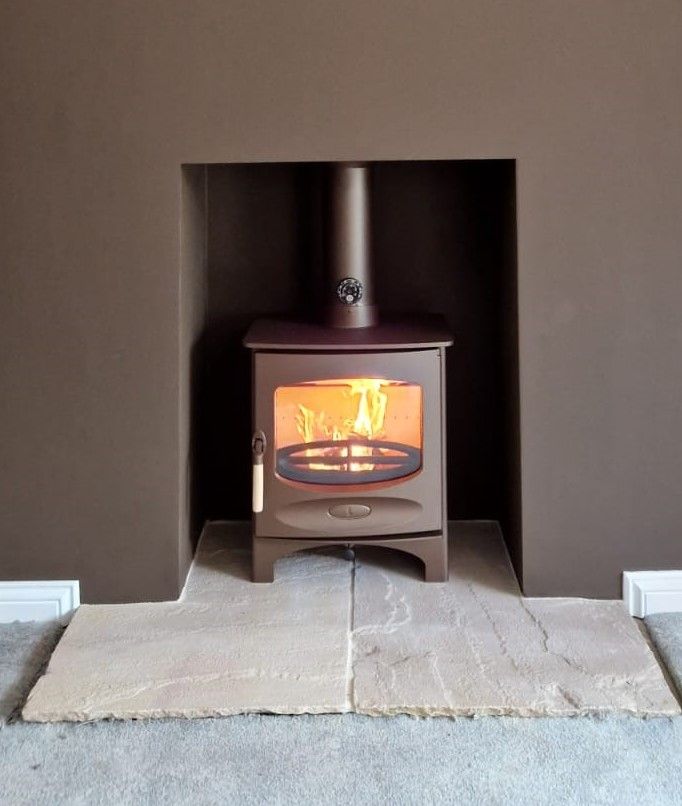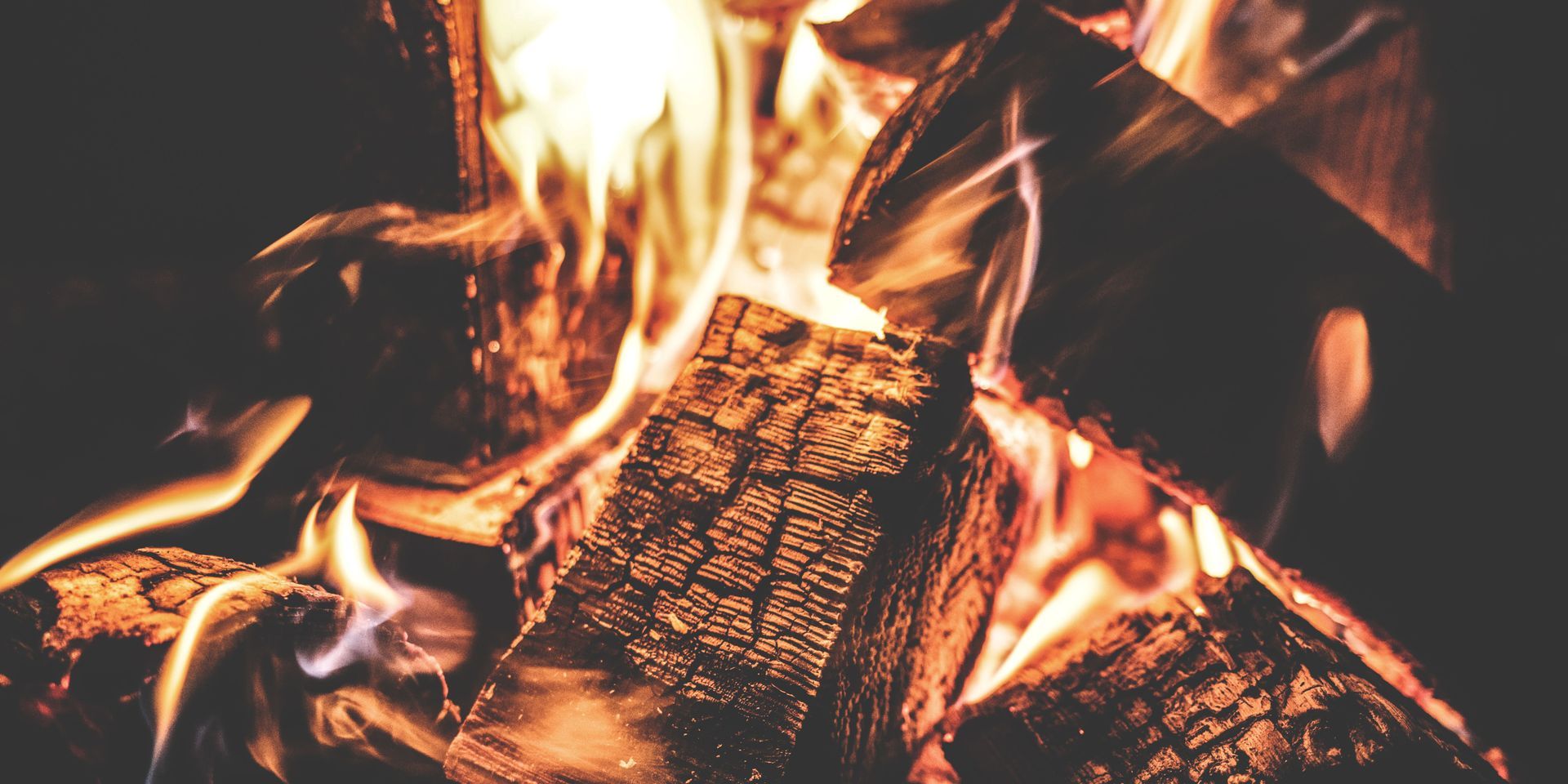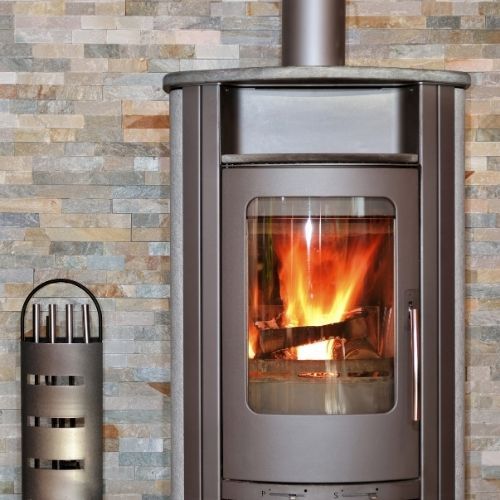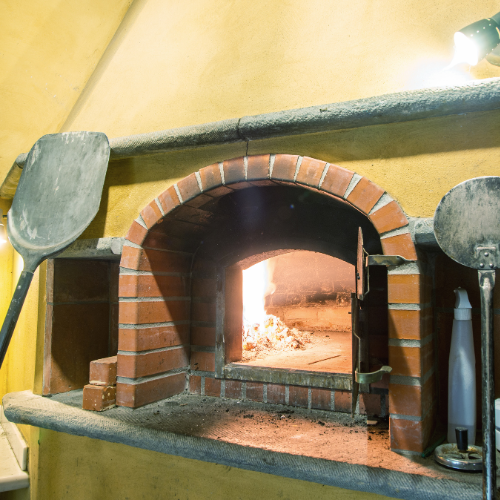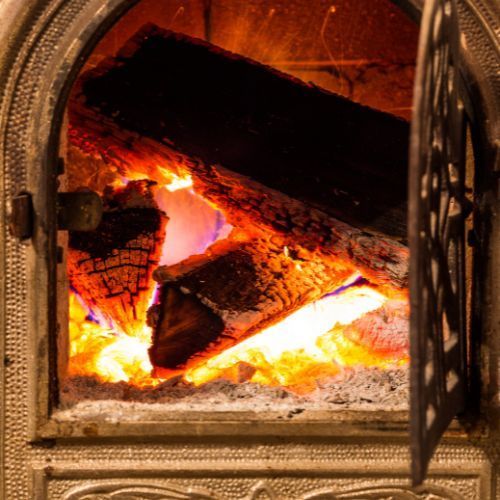Choosing the Right Wood for Your Stove: A Practical Guide

Finding the Balance Between Efficiency, Cost, and Being Green
Getting the most out of a wood-burning stove goes beyond just lighting it up; it hinges on using the right kind of wood. At New Forest Fires, we understand that picking the right fuel can make a big difference, not just for the heat output but also in terms of running costs and environmental impact. In this guide, we look at how to select the best wood for your stove, ensuring efficient and eco-friendly heating.
Hardwood vs Softwood
The choice between hardwood and softwood is a good starting point. Hardwood, from trees like oak, ash, and beech, is dense, burns slowly, and gives off a lot of heat, making it a go-to for many stove owners. Softwood, from trees like pine, tends to catch fire quickly and burns faster, making it ideal for kindling but less so for long-term heating.
The Importance of Moisture Content
How wet or dry your wood is will significantly affect how well it burns. Wood with high moisture content tends to produce more smoke and tar, which isn't great for your stove or the air. For a good burn, you want wood with a moisture content of 20% or less. This usually means going for seasoned wood that has been left to dry for a couple of years, or kiln-dried wood, which is a quicker (though no better, more energy-intensive and generally more expensive) method to reduce moisture.
Thinking About the Environment

Choosing your wood also means thinking about where it comes from. Opting for wood from sustainably managed forests helps ensure that your heating choice has a minimal impact on the planet. Look out for wood that is certified by organisations including the FSC (Forest Stewardship Council). This ensures that the wood is sourced in an eco-friendly way. Wood is heavy, and is generally transported by road. The fewer miles it travels, the better. If you can, buy local. (We sell logs: 07359 306323) Avoid logs imported from overseas. Even long-felled timber, imported across the Channel, can transport arboreal diseases and spores that can profoundly damage local ecology.
Cost Matters
There's a broad cost/effort continuum in buying wood as a fuel. It's still legal to buy large quantities of unprocessed, unseasoned wood. It's generally much cheaper and doesn't attract tax. But chopping, splitting, stacking and seasoning is hard work and time-consuming and is not for everyone. At the other extreme is kiln-dried hardwood: much pricier upfront, but hard to beat for convenience. Quality wood means you benefit from getting the most heat per log, reducing how much you need to spend on fuel in the long run.
Size Matters
It's a commercial prerogative that most logs sold commercially are cut to a length that will fit in most stoves. But if you have a small stove or one with a narrow door, it can be worth checking with your log merchant that her logs are cut small enough to fit through the opening. The other relevant aspect of size is burn-rate. The smaller a log, the faster it will burn through. Five small logs will burn much faster than a single large log with the same overall mass. When you're lighting your stove or getting it up to temperature, small logs are better; if you're going out for a long walk and want to come back to a hot stove, a couple of big logs might serve you better.
How to Pick the Best Wood
1. Consider using Hardwood: It is generally more efficient for heating than softwood.
2. Check the Moisture Content: Aim for wood that's been dried to below 20% moisture for the best burn.
3. Go for Green: Wood from local, sustainably managed source is better for the environment.
4. Support Local: Buying wood from local suppliers helps reduce emissions from transport and supports the local economy.
5. Trial and Error: Stoves can vary, so it might take some experimenting with different types of hardwood to find the perfect match for yours.
We are Here to Help
At New Forest Fires, we are keen on not just fitting you with a wood-burning stove, but also to ensure that you get the most out of it. Choosing the right wood is a big part of that. By following these tips, you can enjoy efficient, sustainable heating year-round.
For further advice on everything from choosing and installing stoves to their upkeep and the best fuel choices, follow the link to
www.newforestfires.co.uk Let’s make sure your wood-burning stove is as efficient, cost-effective, and environmentally friendly as it can be.


